Wars of failure
Looking back at the legacy of Bush’s foreign policy
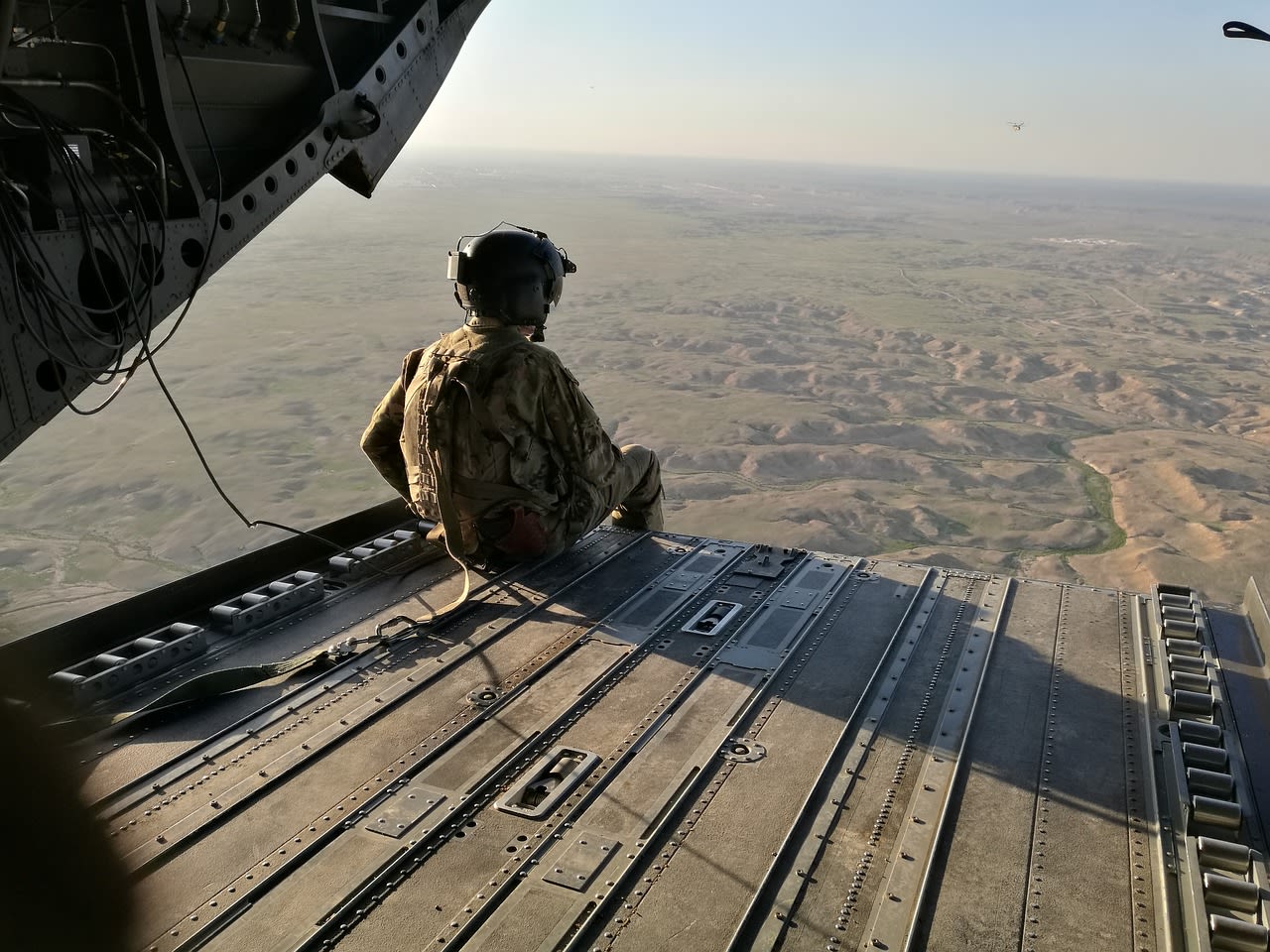
20 years on from the war in Afghanistan, and 18 years after the invasion of Iraq, what is the legacy of George W. Bush’s foreign policy?
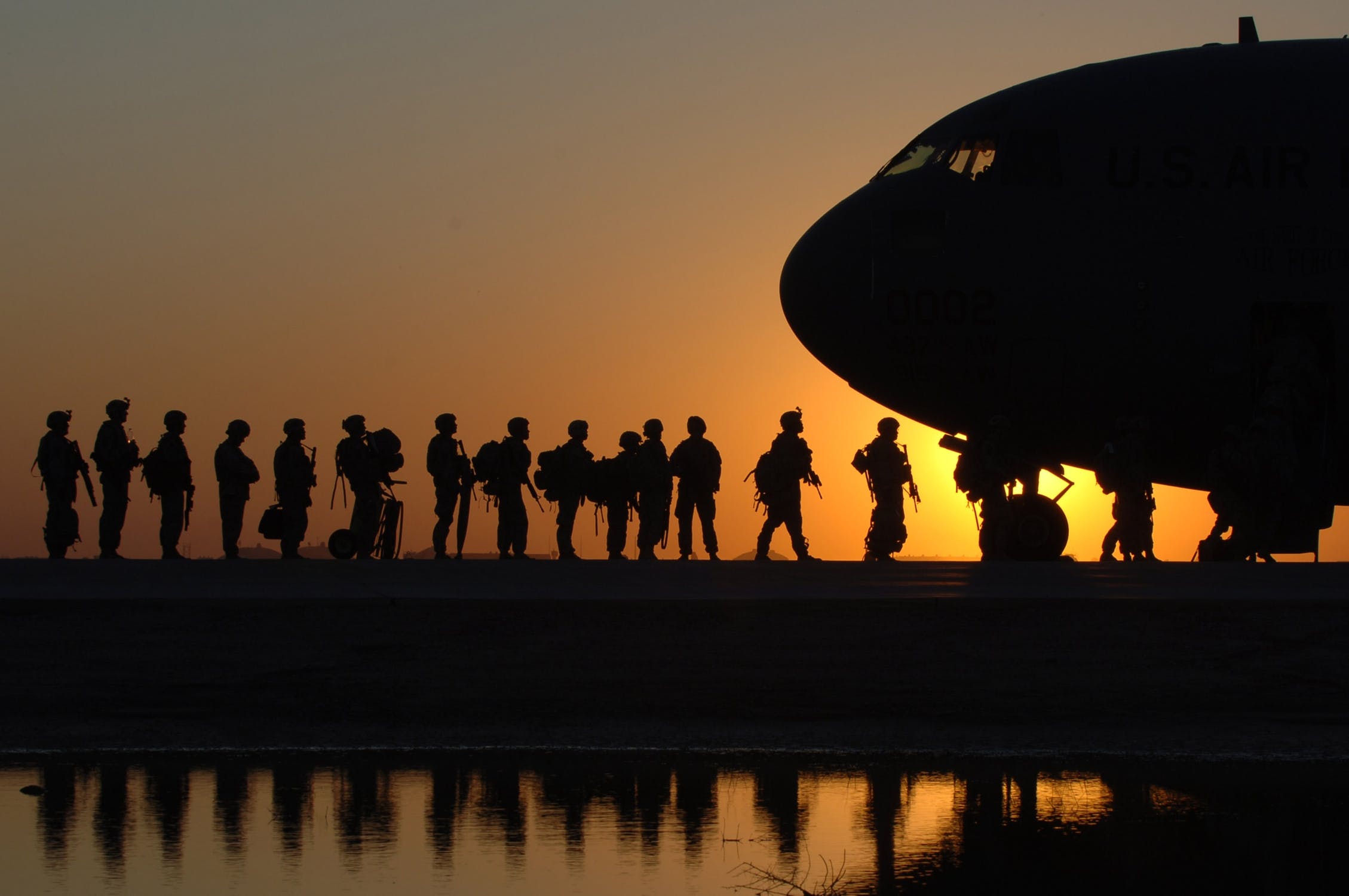
October 7th, 2021- a few months after Joe Biden began the complete and chaotic withdrawal of U.S. troops from Afghanistan- marked the 20-year anniversary of the first U.S. and British bombs crashing into the country, and the commencement of operation ‘Enduring Freedom’.
2021 also saw the passing of both Colin Powell and Donald Rumsfeld - U.S. Secretaries of State and Defence under Bush - both of whom were influential technicians in the realisation of Bush’s foreign policy objectives.
Former defense chief Donald Rumsfeld dies at 88. He oversaw the invasions of Iraq and Afghanistan during the Bush administration. https://t.co/q6Huk8AQIH
— The Washington Post (@washingtonpost) June 30, 2021
Today, the legacy of the Bush administration’s intervention in both Afghanistan and Iraq are clear to see, marked by a legacy of failure.
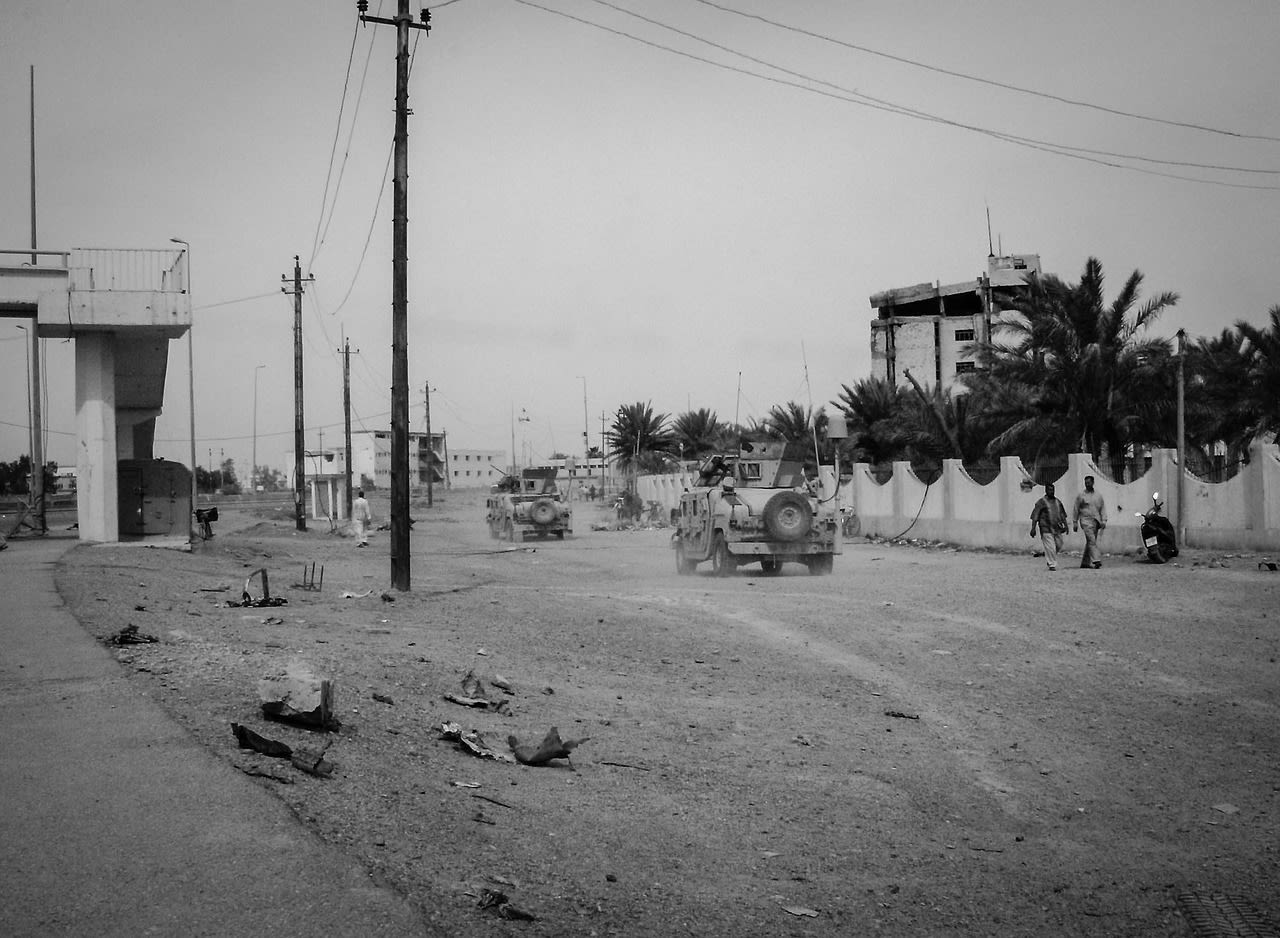
Michael Stephens, an Associate Fellow at RUSI said: “Afghanistan was a reaction to 9/11. There’s no doubt that any president, regardless of who they were, whether they were neoconservative or liberal, Democrat or Republican would have gone into Afghanistan in response to what happened in 9/11.
“Iraq on the other hand was very much an example of the neoconservative project being put into place in order to create conditions that would allow for democratic growth in the region.
“Iraq would become this symbol of democracy that would then spread, and you would then have liberal ideas and values and democratic norms spreading because you lifted the lid of tyranny.”
The Taliban managed to reconquer all of Afghanistan in as little as 11 days, following the withdrawal of U.S. troops, and the disintegration of the American-backed Afghan government.

Biden has stated that all U.S. combat troops will leave Iraq by the beginning of 2022, despite the continued threat of ISIS, sectarian fractures exacerbated by social and economic turbulence, and a fragile new government, struggling to reclaim a country ravished by nearly two-decades of continuous war.
Visions of the invasion and subsequent democratisation of Iraq and Afghanistan were central to the aims of the Bush administration, and heavily influenced by the theory of neoconservatism.
Neoconservatism has become synonymous with Bush’s foreign policy, but neither Powell nor Rumsfeld identified as card-carrying neocons- however, Rumsfeld and Vice President Dick Cheney were heavily influenced by neoconservative advisers within the administration.
Sam Hamad, an academic and writer for TFT describes the motives behind the invasions of Iraq and Afghanistan:
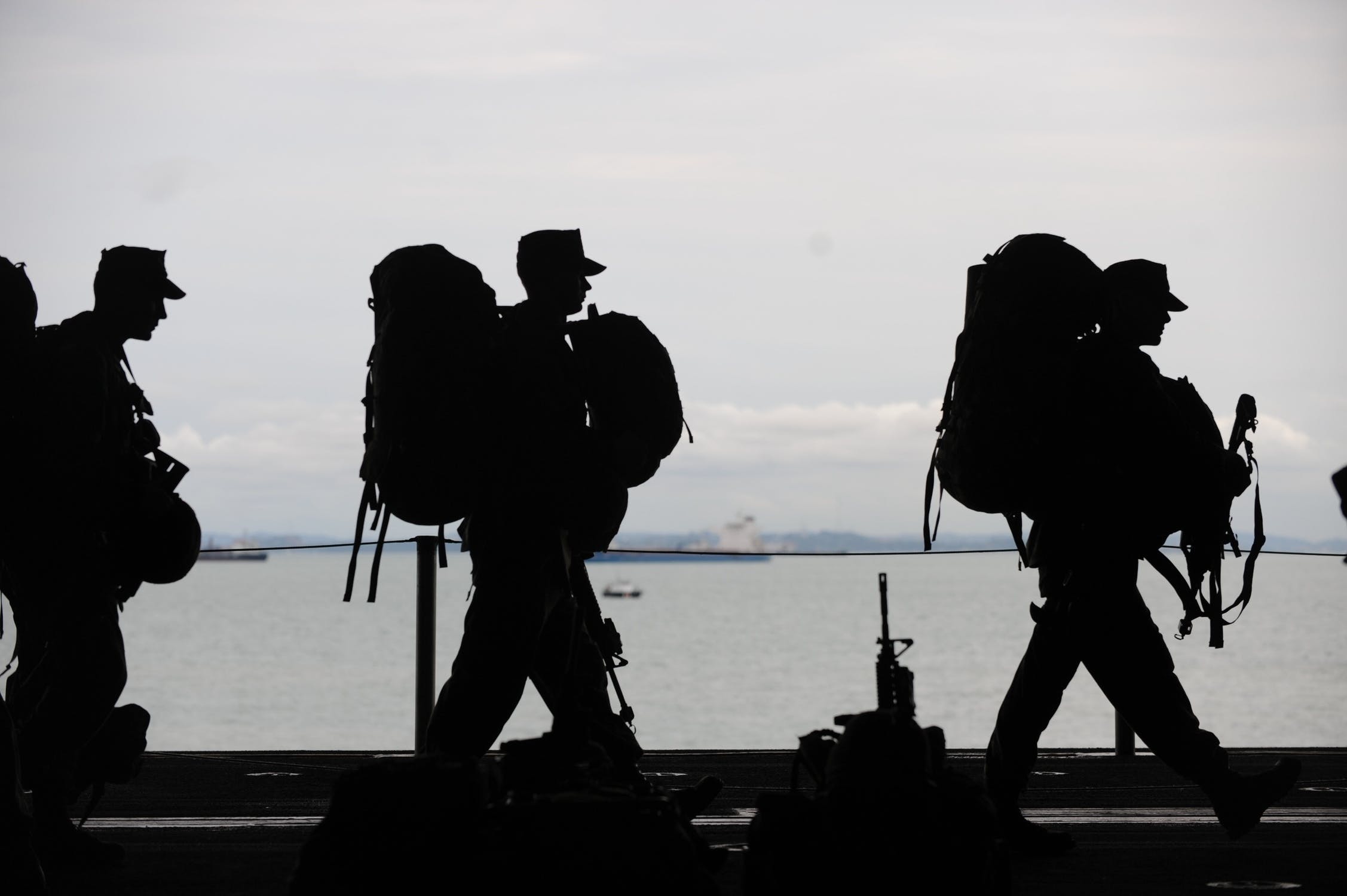
Who were the neoconservatives?

To understand neoconservatism is to understand some of the motives behind Bush’s foreign policy and the so called ‘Bush Doctrine’.
The democratisation of Iraq, and the use of military force through liberal interventionism in order to spur on the downfall of tyranny in the Middle East are quintessentially neoconservative principles.
Stephens said: “The neocons were reflected in the Bush administration in the sense that, absent the ideology of communism and the USSR, the ideology of radical Islamism, be that in Al Qaeda or what would eventually become ISIS, was the next global threat to the United States.
“They were existing in a time in which the US needed to have this messianic cause, a divine righteousness to defeat global threats and ideologies, be they national or transnational.
“As a result, when the neocons came up against this, they saw various strains of evil: be that Saddam Hussein, be that Iran, be that Al Qaeda and Osama Bin Laden, and they believed very very strongly that if you face down those ideologies once again the Western Democratic order and free world would succeed.”
Neoconservativism, whilst associated with the conservative right in popular culture was a school of political thought that originated in the Vietnam-era American left, by Democratic thinkers who were disenchanted with their party's pacifist foreign policy and saw force as a means for good.
Within the Bush administration, people like Paul Wolfowitz, Deputy Secretary of Defence, and Paul Bremer, Administrator of the Coalition Provisional Authority in Iraq were staunch neoconservatives.

Bush's Legacy in Iraq
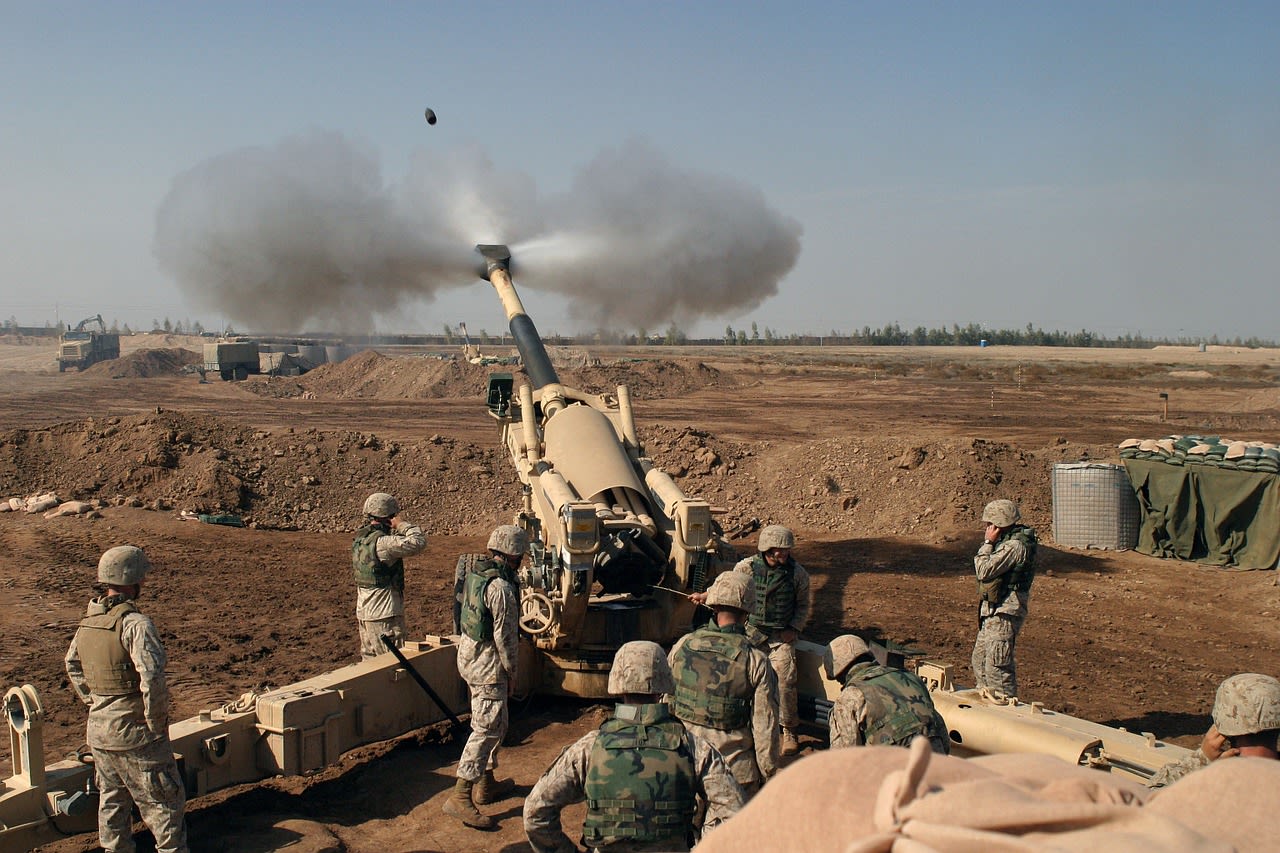
The U.S. Iraq war took place from 2003 to 2011, and left Iraq’s social and political landscape in tatters.
According to Iraq Body Count, anywhere between 185,999 and 209,169 Iraqis lost their lives between 2003 and 2021, from the initial U.S. invasion to the ensuing sectarian violence and civil war that sprung from the war-torn ashes of the first U.S. withdrawal in 2011, however some sources have stated that the death toll is far higher.
The U.S. were subsumed by a demoralising war of attrition and the programme of reconstruction under the Coalition Provincial Authority, and then the al-Maliki government only served to aggravate sectarian tensions and violence.
At its height in 2008, the U.S. had nearly 160,000 active-duty troops deployed to Iraq, with Britain having between 21,900 and 500 troops deployed to Iraq between 2003 and 2009.
Stephens commented: “Repeated spasms of instability, civil war, internecine conflict, low level sectarianism, fractures between communities the emergence of ISIS and the re-emergence of what you might call a breakdown of law and order that then required the reassertion of U.S. power, only went to show that Iraqis felt abandoned.
“The U.S. got tired of trying to nation-build and then left, only to come back again when the conditions, within four years required it.
“The legacy of the Bush Doctrine is failure in the Middle East.
“People in Iraq and Afghanistan and elsewhere lost loved ones and people close to them and they will never forgive the U.S. for that, and I think we need to remember that that is the overarching legacy of the U.S. in that time.
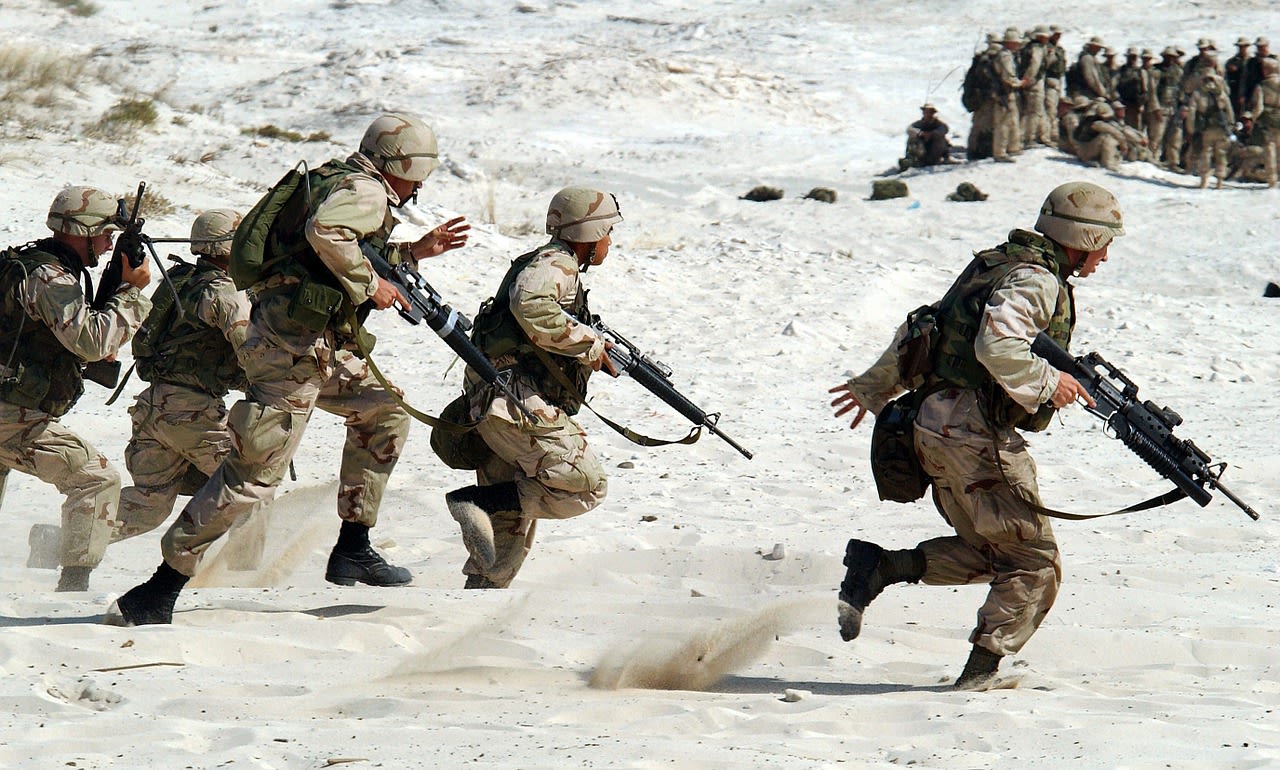
According to the Brookings Institute U.S. casualties from the war in Iraq in 2019 were recorded at 4,579, with over 30,000 troops having been wounded with 116 being wounded in 2020, the highest number of WIA numbers since 2011.
By 2014, ISIL had emerged as a formidable military force from the previous decade of bloody conflict and by the end of that year, had made significant territorial gains, committing atrocities and plunging the country back into a state of heightened civil war and socio-political chaos that would last until 2017.
The IICASS, in 2018/2019 stated that over 78% of surveyed Iraqis believed that the country was on the wrong course.
Hamad describes the relationship between the invasion of Iraq and the proliferation of illiberalism:
Stephens added: “The neocons did not deal with the threat of Iran. They did not put Iran into a position where it gave up its nuclear programme, or unilaterally rolled back its influence in Lebanon, Syria and Iraq
“The Bush legacy is not a good one, it is very much the reflection of the dreams and desires of a narrow set of foreign policy thinkers who felt that the region could be reengineered.”
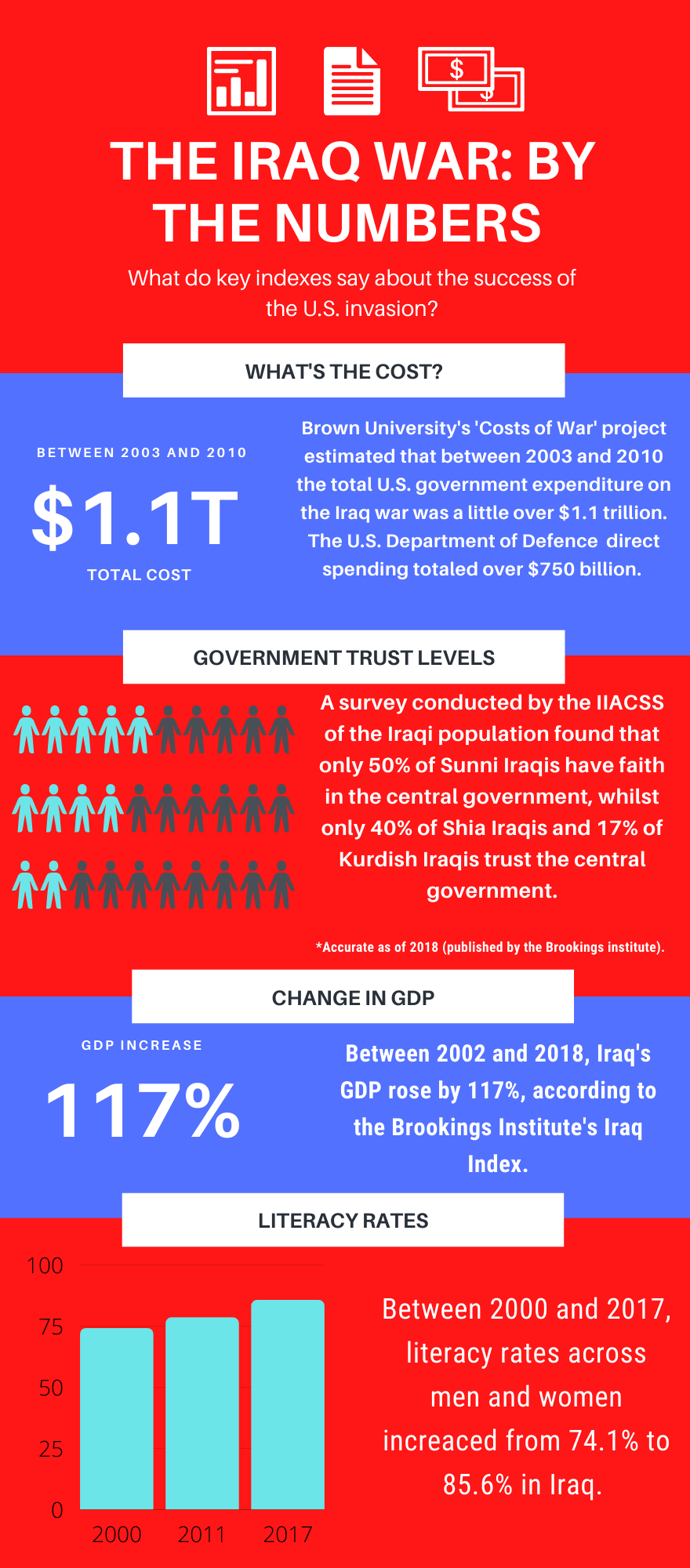
Although levels of confidence in the government have started to rise since the defeat of ISIS, the Iraqi people still have little confidence in the government, nearly half of Iraqi citizens in 2019 consider corruption their main concern, followed by unemployment and security.
By 2018, even an official military report into the U.S. war in Iraq deemed the operation to be a failure, with Iran being the only party that could consider it any kind of success.
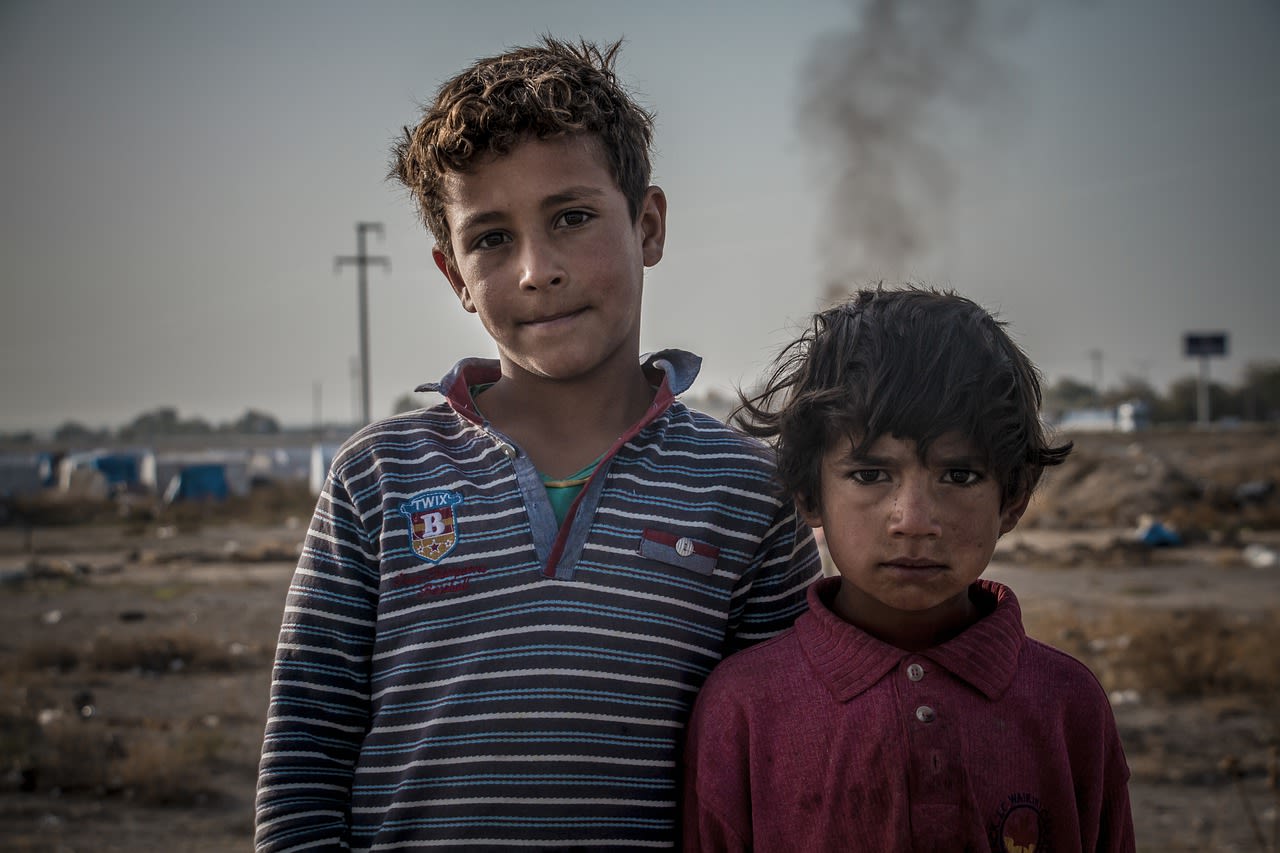
Afghanistan
America's longest war
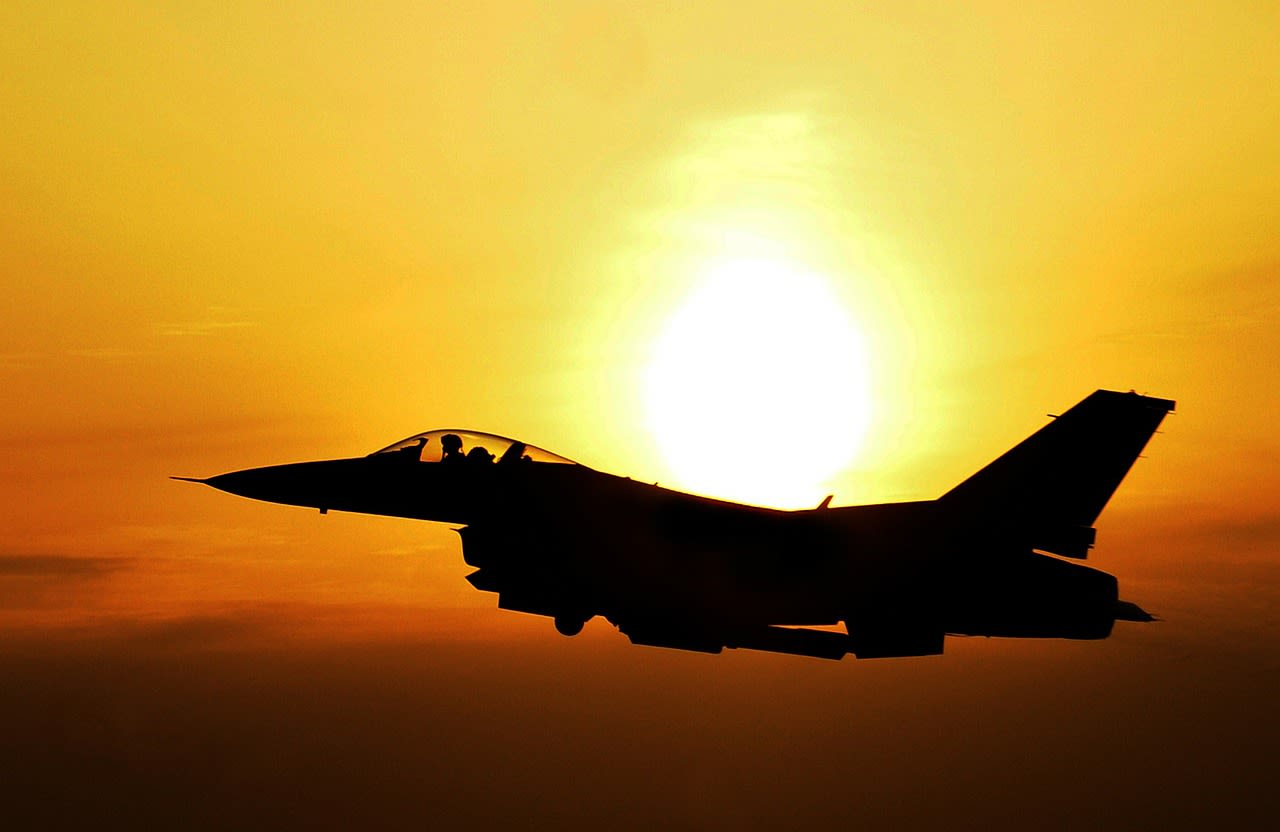
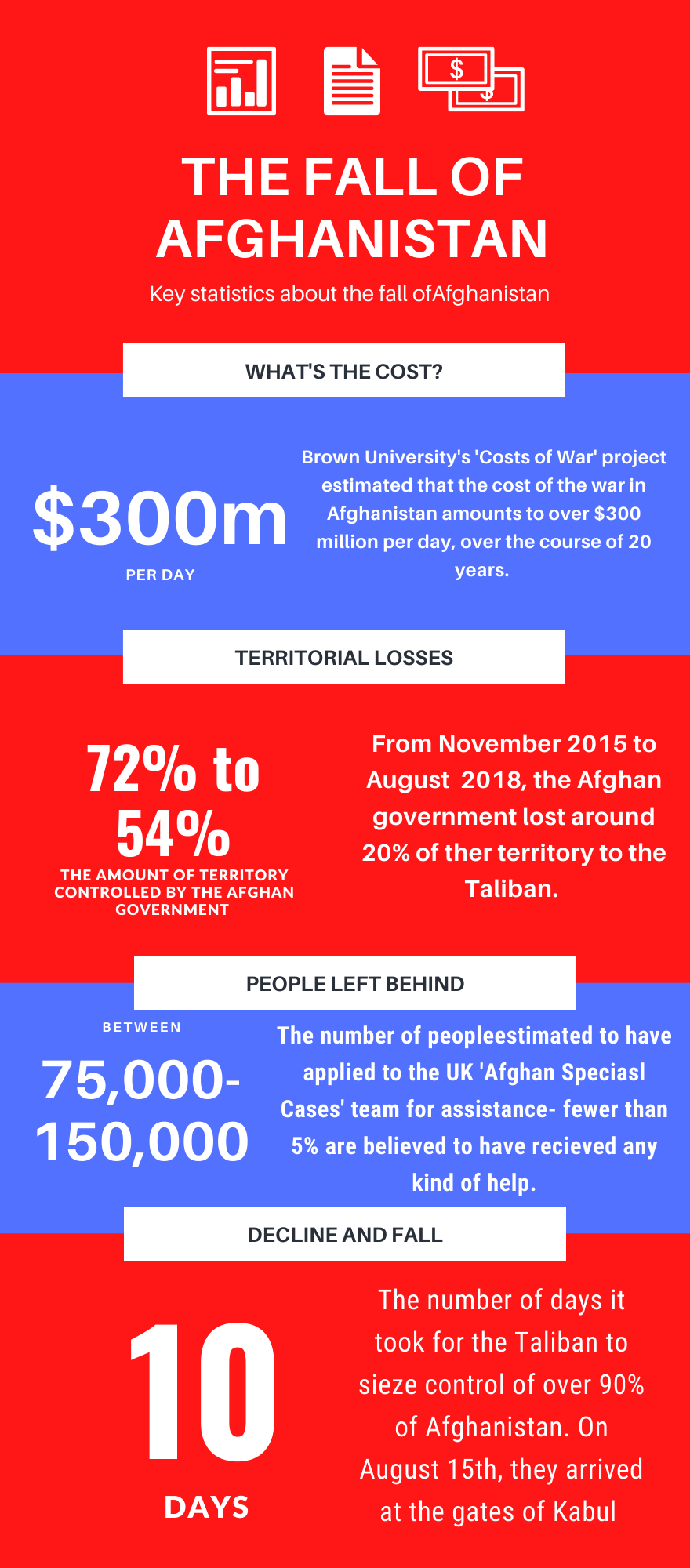
The war waged in Afghanistan could be deemed somewhat of a success in its earlier period, however following the invasion of Iraq, and the diversion of soldiers and resources to Iraq, initial progress towards coalition objectives in Afghanistan dissipated and the process of reconstruction began to stagnate and flounder.
After initial military stabilisation by the Americans from 2001 to 2004, the absence of long-term strategic objectives became obvious, and saw the re-emergence of the Taliban as an operational force by 2005.
Over the next decade, U.S. and NATO troops numbers would swell in Afghanistan to over 130,000 in 2010, in an attempt to stabilise the country and overwhelm the resurgent Taliban threat.
The defeat of the Taliban, defined as one of the only clear strategic goals for coalition forces in Afghanistan, can only be seen as a protracted exercise that ended in failure, given the fall of Afghanistan to the Taliban in 2021.
Stephens stated: “The fact that the corrupt, sclerotic bureaucracy the Americans put in place in Afghanistan which led to corruption, crime, social ills proliferating throughout the country meant that many Afghans for better or worse have turned to the Taliban again, and that tells you everything you need to know about the legacy of the U.S. in Afghanistan.
“It was a 20-year blip which in some ways did change Afghans’ institutional association with the state and how social norms and values could be promoted but for the large part it’s a blip that was a costly one, cost lives, money and removed the dignity of many afghans’ sense of self and they’re not interested in U.S. power anymore either - only to protect them from the Taliban.
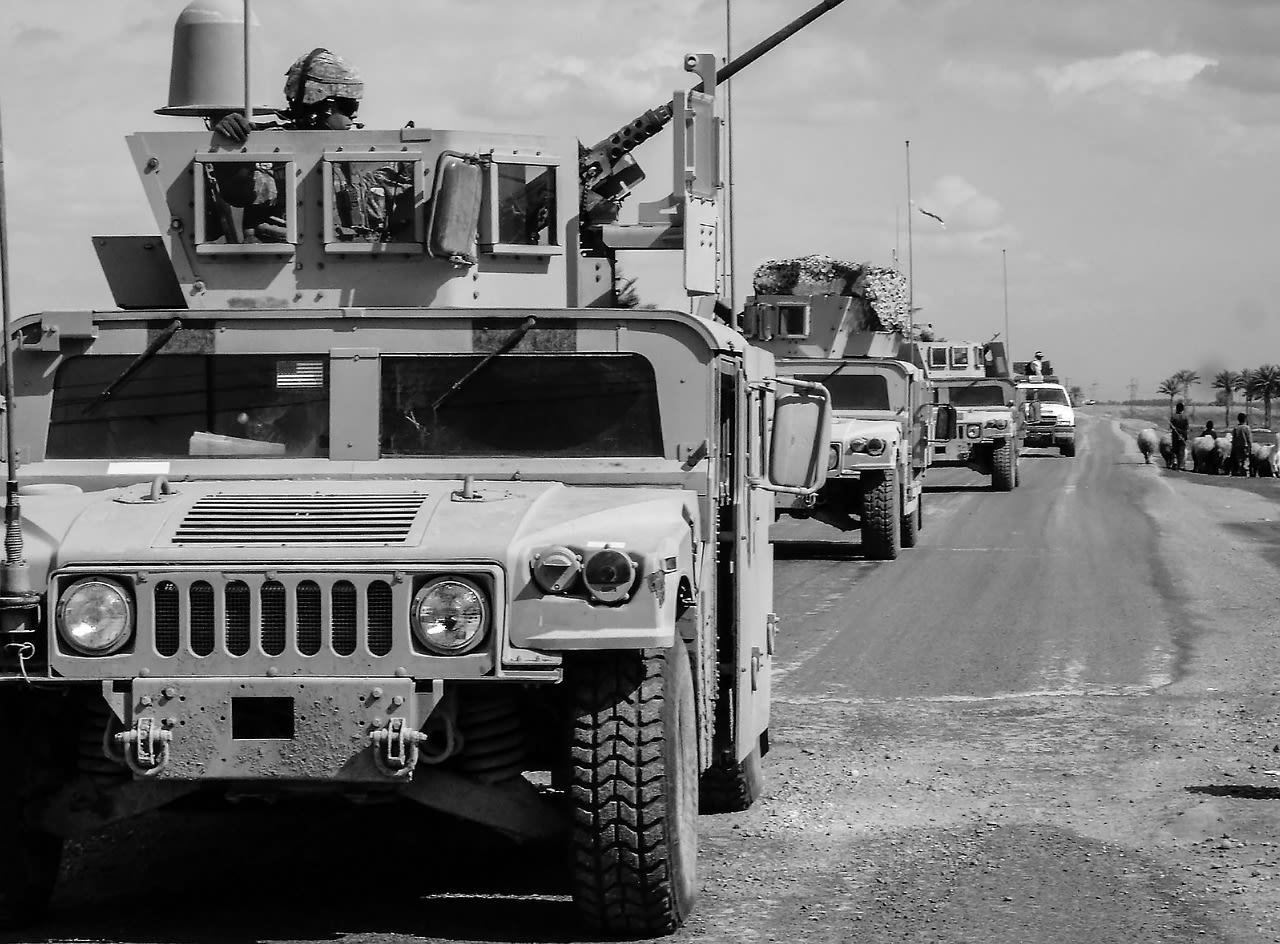
By 2018, over 70% of Afghanistan was occupied or engaged by the Taliban.
The killing of Osama Bin Laden in neighbouring Pakistan during 2011 did mark a symbolic milestone for the U.S.
Al Qaeda’s leadership had been hamstrung, and the mastermind behind the September 11th World Trade Centre attacks had been killed.
Whilst the death of Bin Laden can be seen as the achievement of a long-term strategic objective by the U.S.- clearly stated in the rationale for the invasion of Afghanistan- the broader geopolitical impact of his killing was negligible.
U.S. relations with Pakistan and other Middle Eastern allies had become strained through extended U.S. drone strikes and military operations on the Afghan/Pakistan border, and the symbolic turning point of Bin Laden's death marked the beginning of a draw down in coalition troop numbers, despite a virile Taliban insurgency still being a very real threat to domestic and political security.
The U.S. and Britain had withdrawn all combat troops by 2014, and as the last U.S. C-17 departed from Kabul on 30th August, 2021, America’s longest war had ended.
The Taliban had been victorious, and the U.S. left the Middle East a more fractured and destabilised region than the one that they had entered Afghanistan in 2001.
The end of neoconservatism

The lasting legacy of Bush
The wars in Iraq and Afghanistan were ultimately failures.
Between 2000 and 2008, Bush’s policy, born of the ideological fires of neoconservatism, ensnared America in 2 disastrous and drawn out conflicts.
Stephens said: "There is a deep anger and a deep frustration and a deep sense that they will never trust U.S. influence again and so you’re left with a legacy of harm, a legacy of failure, a legacy of distaste and distrust of American power".
Michael Stephens talks about the legacy of Bush and neoconservatism in modern America:
The toll that these wars took was significant by any metric: be it the number of troops deployed to Iraq and Afghanistan, the amount spent by the U.S. government on conflicts half way around the world, or the casualties sustained by every party involved.
The objectives of the wars were unclear from the beginning, and only served to weaken the belief of the U.S. people in their own government’s competence, and the veracity of their leaders supposedly righteous intentions, all the while, bringing even greater instability to the Middle East.
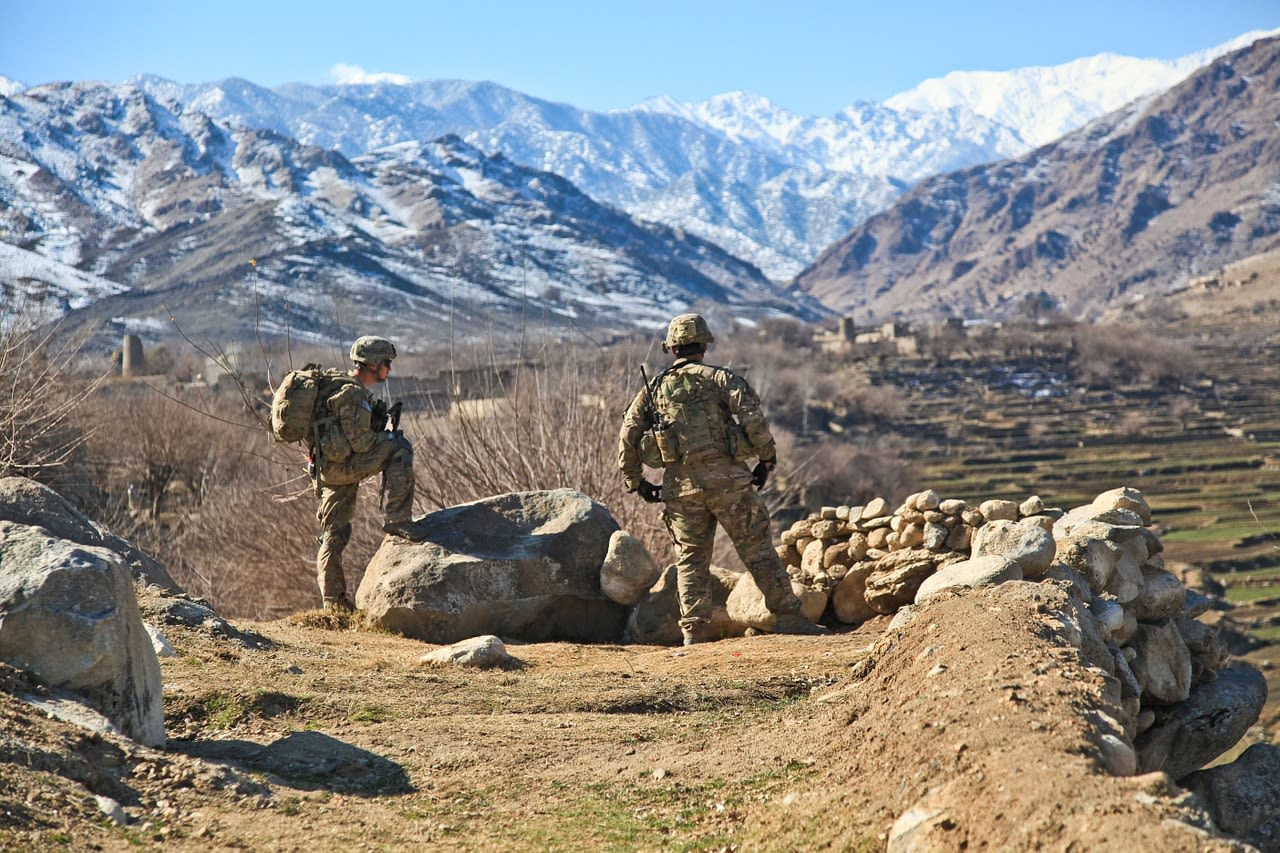
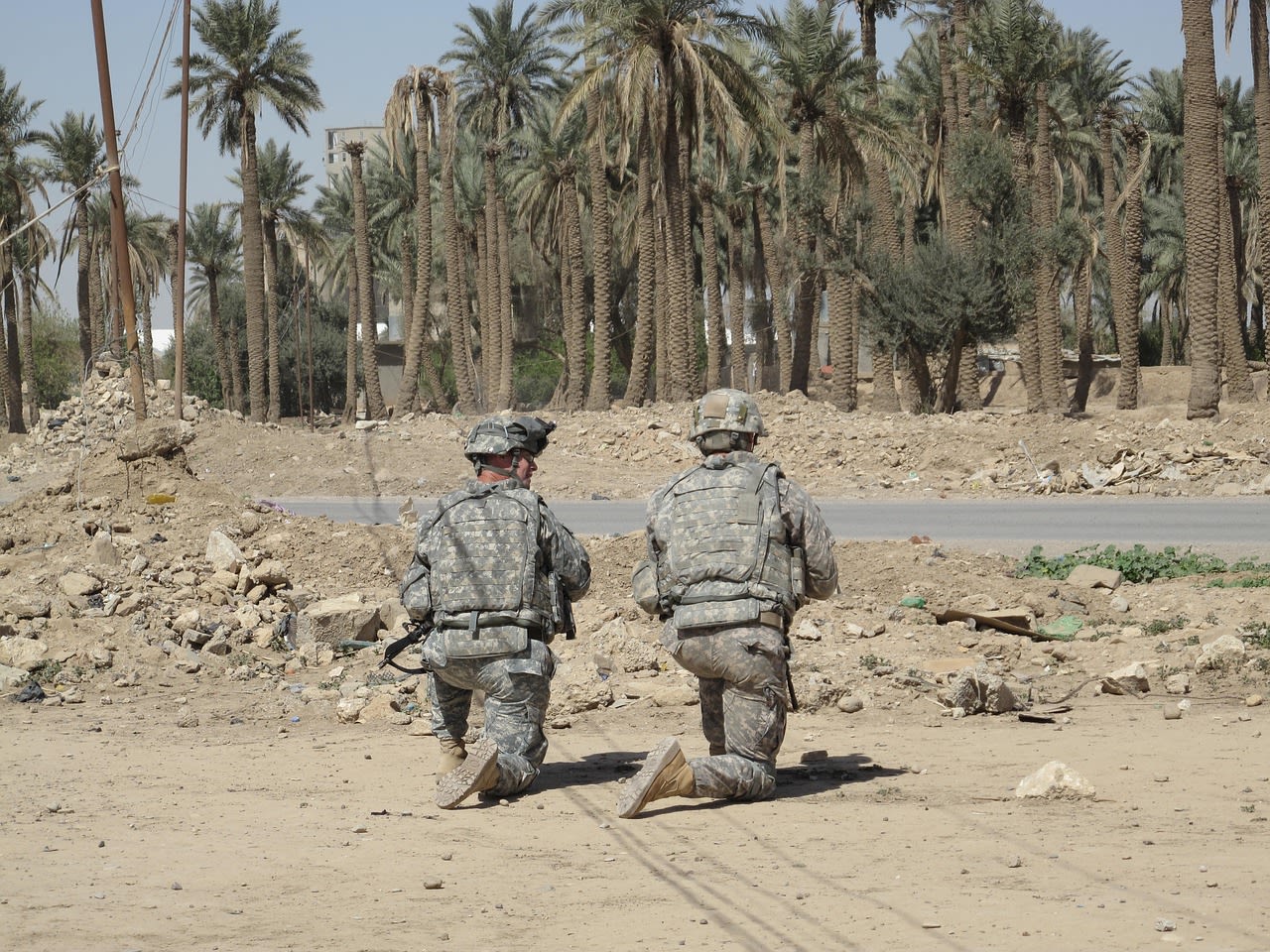
Source: Pixabay
Source: Pixabay
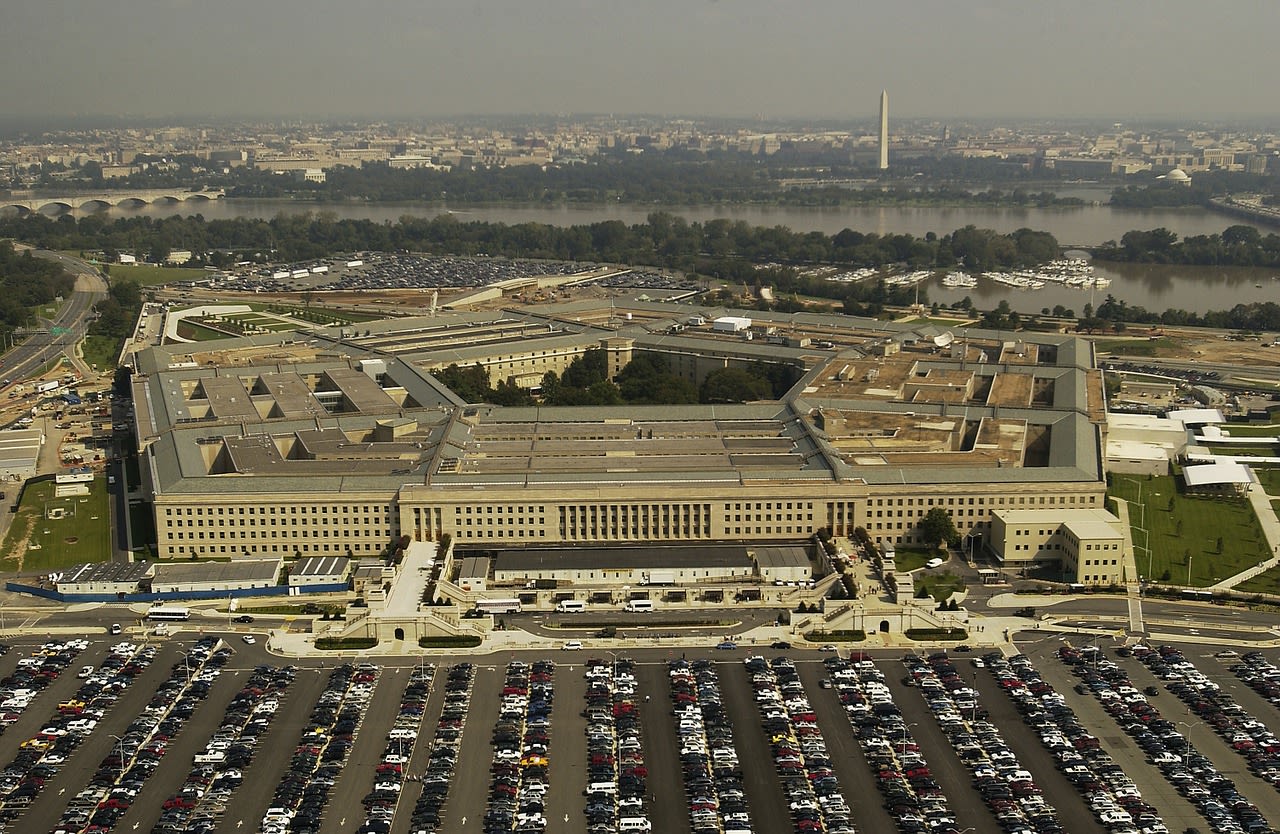
Source: Pixabay
Source: Pixabay
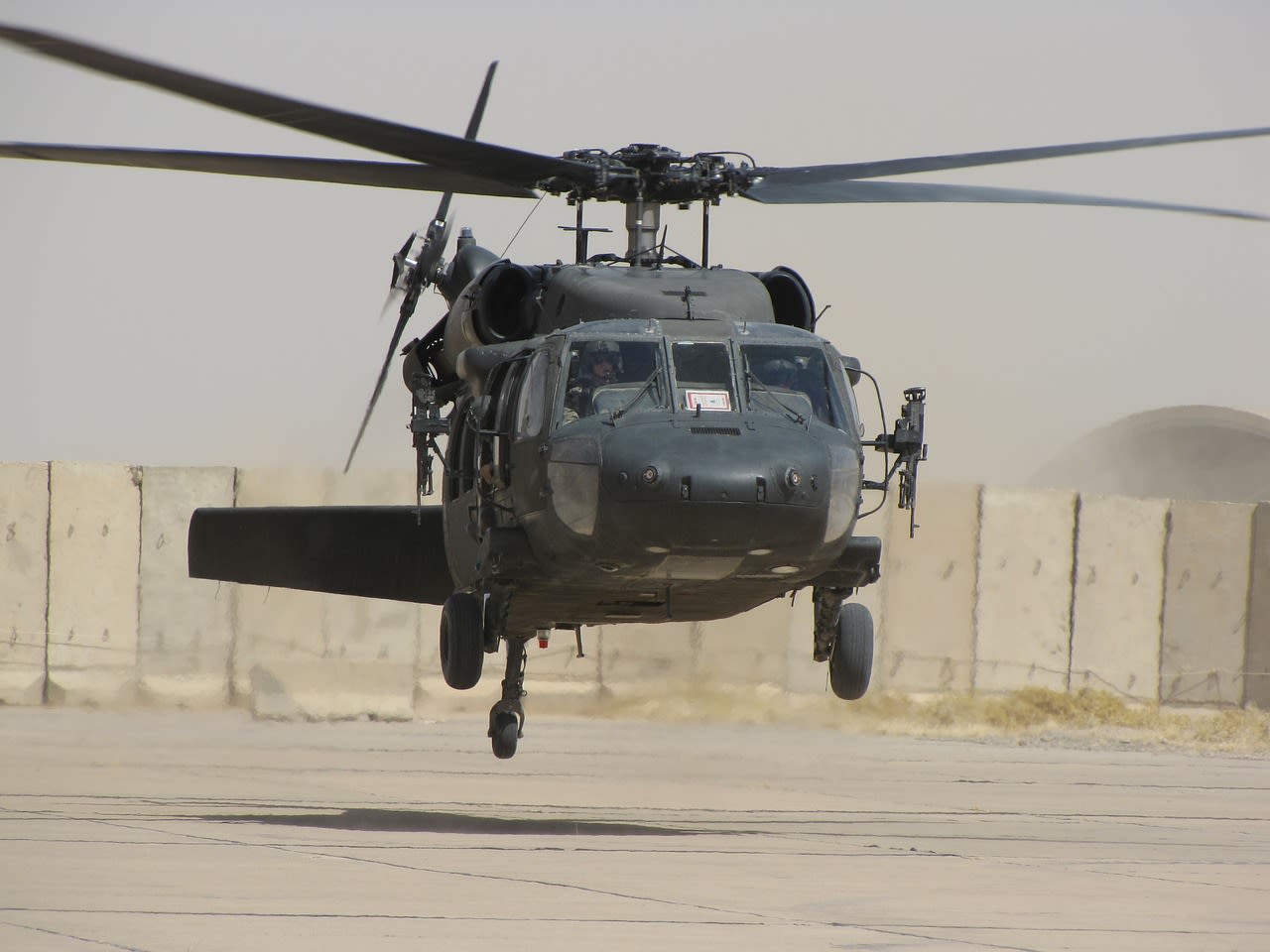
Source: Pixabay
Source: Pixabay